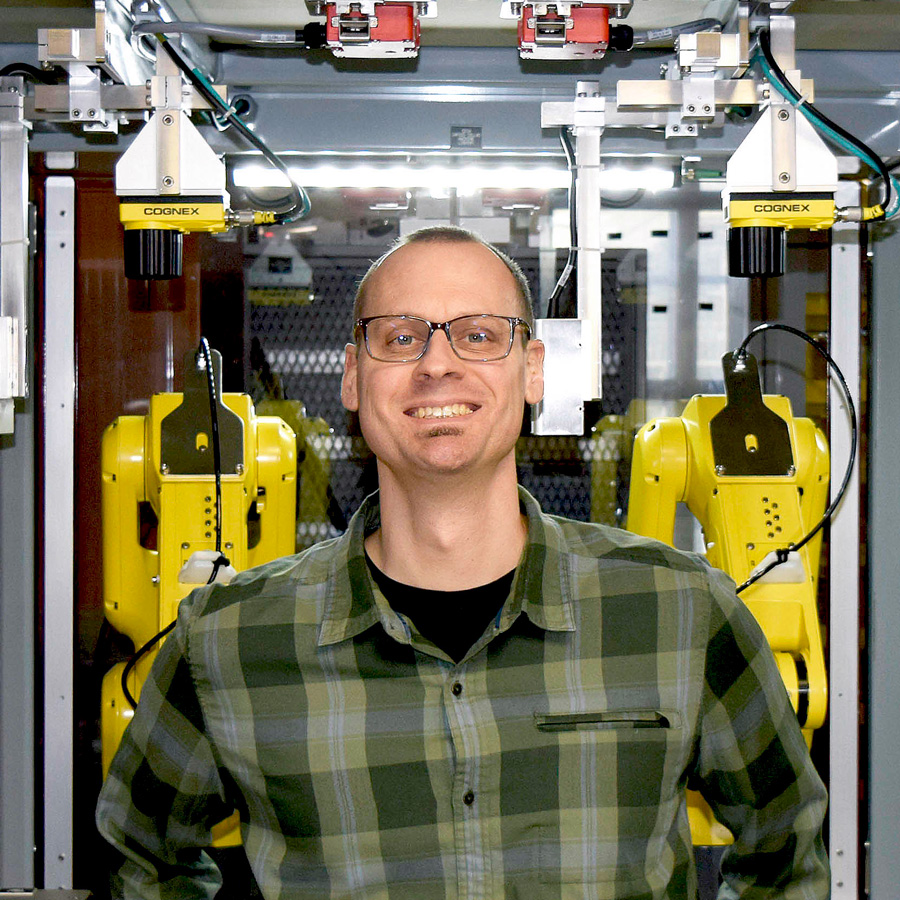
Ken Ballinger
Cal Poly Humboldt (1999), Sacramento State (2010)
Ken Ballinger’s CSU journey began with pursuing a music education degree at Cal Poly Humboldt—but continued about a decade later as he entered Sacramento State to earn a second bachelor's degree in mechanical engineering. For Ballinger, the two seem more connected than expected.
“My observation is that my brain handles mathematics and formulas similarly to musical patterns, permutations and compound thinking,” he says. “I think this helped me with my math and engineering classes. Engineers have to be creative, not just technical, to arrive at good solutions. And, teamwork, listening and humility, as with writing and performing music, is still very important.”
Following his 2010 graduation, Ballinger landed his first engineering position. During his time there, he longed to do more of what he enjoyed, leading him to launch his own business, KB CAD, which provides 3D modeling services to small businesses using computer aided-design software.
He later began working at the United States Mint as the facilities engineer, before being offered the role of robotics engineer. In this current role, Ballinger works with a team to maintain and reprogram the robotic assembly lines, serves as technical representative for the investments in robotic systems, and designs and builds the custom automated machines—including designing the controls and safety systems, conducting research, developing prototypes, assembling and testing the machines, and training the users.
“To me, robotics is the intersection of mechanical, electrical and computer/software engineering,” Ballinger says. “I am formally trained in mechanical engineering, so there is an incredible amount of other stuff for me to learn.”
“The experience of earning my degrees gave me a boost in confidence that I had achieved something tangible towards my goals,” he continues.